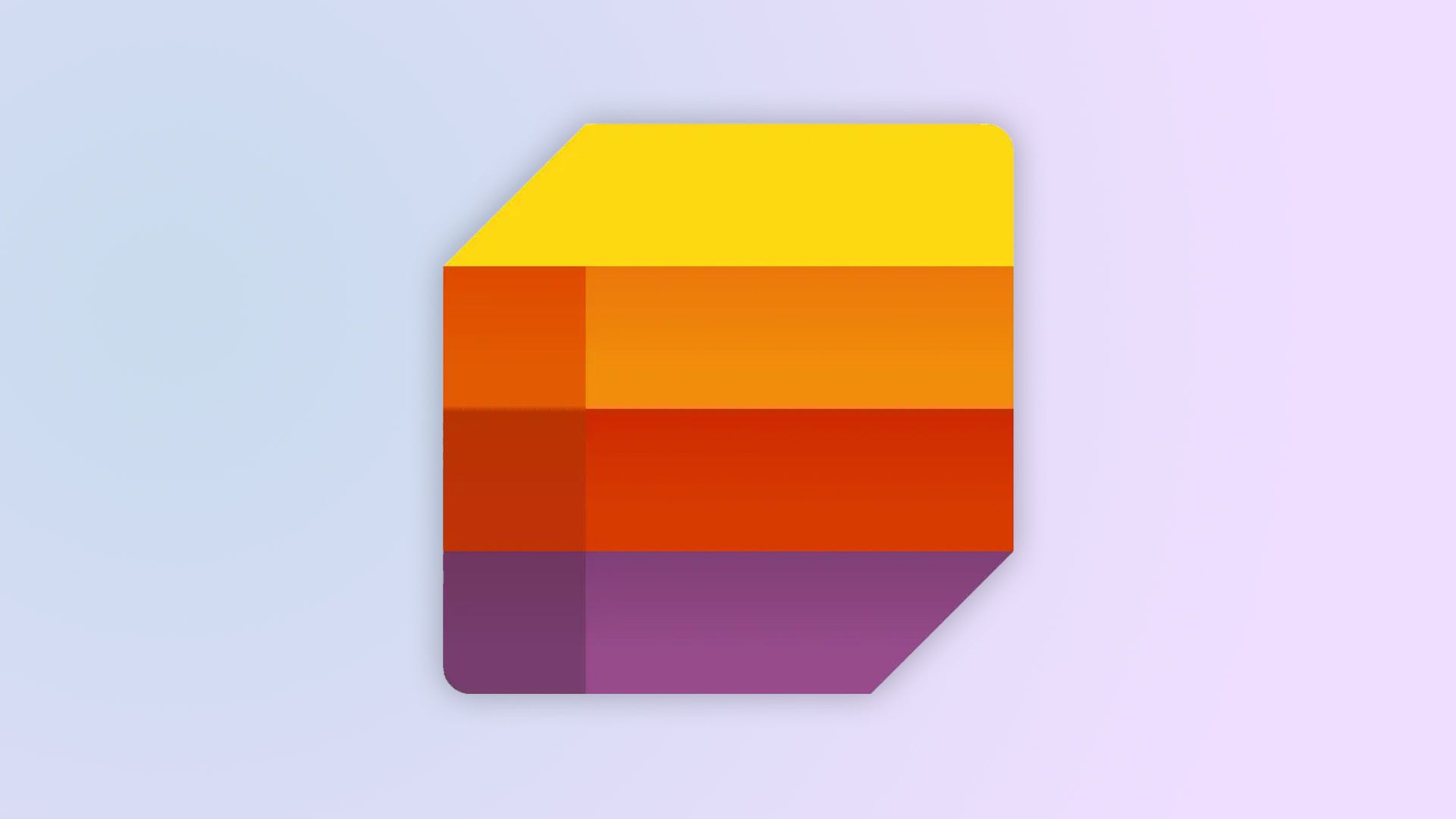After a long wait, Microsoft Lists is now available for free. Microsoft Lists is a flexible task management tool that allows you to track household or professional work, create itineraries, save recipes, and more. It's an interesting option for individuals and families, though it offers advanced collaborative and calendar features for businesses, clubs, and other groups. Previously, Microsoft Lists was exclusive to business and enterprise users, though Microsoft opened a limited preview for 200,000 people last year.
This is not the first Microsoft task manager. Microsoft offers 10 distinct products with task management capabilities, including Outlook, Microsoft To Do, Microsoft Planner, and Teams — in Microsoft's words, this abundance of overlapping functionality "creates a huge amount of confusion for end users."
But Microsoft Lists is notable for its friendly interface, flexibility, and collaborative features. It provides a ton of great templates for easy setup, and it uses the Kanban “task board” format, which is proven to improve user workflow (Kanban originated in Japanese automotive factories). Plus, Microsoft Lists supports advanced metadata and calendar functionality, so even the largest lists are navigable and useful. Microsoft originally pitched Lists as a business tool, but it's clearly a good option for families and individuals. If you're looking for a comparison, Microsoft Lists is vaguely similar to Todoist, Jira, or Asana.
There are some downsides to Microsoft Lists, though. It doesn't support sub-tasks, for example, and it can't integrate with Microsoft Planner or other applications. Not to mention, Microsoft Lists is only available on the web and as a mobile app. A dedicated desktop app hasn't been announced. In my opinion, these "downsides" aren't necessarily a bad thing. If Microsoft Lists did everything, it would be too confusing or difficult to use. There isn't a one-size-fits-all solution to task management.
Microsoft Lists is free to use and is currently in preview. You can use Microsoft Lists on the web or through the iOS and Android apps. There isn't a dedicated desktop version of Microsoft Lists, though you can turn it into a web app on Windows or add it to your dock on macOS.
